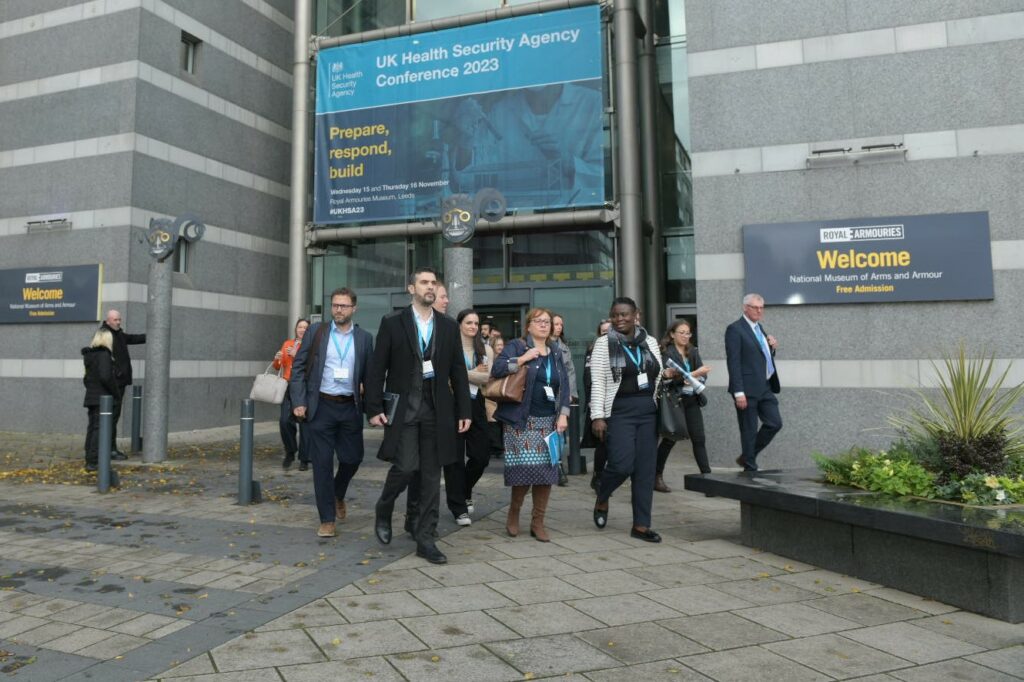What are mRNA vaccines and how do they work?

In this blog post, we explore the decades old science behind mRNA and the exciting technology behind mRNA vaccines will help ensure preparedness against future health threats.


In this blog post, we explore the decades old science behind mRNA and the exciting technology behind mRNA vaccines will help ensure preparedness against future health threats.

In this blog, we will explore the role of pathogen genomics in UK biosecurity and how we are developing our genomic systems to better protect public health in the UK.

With the emergence at the end of last year of COVID-19 variant JN.1, there are questions about how it compares to the many other variants that have been identified. JN.1 descends from variant BA.2.86 and has an additional mutation in …

In this blog post, we will address some of the most common questions we've had from the public about the UKHSA data dashboard and how we will continue to develop it.

The Health Effects of Climate Change report summarises the latest science on health threats from climate change in the UK. Since the last report in 2012, both the evidence and the risks have greatly escalated. Read 11 key takeaways in our latest post.

Climate change is a growing threat, and our homes contribute significantly to the problem through energy use and emissions. However, as we make our homes more energy-efficient, we need to ensure they remain healthy environments. On average in the UK, …

Established in 1957, the Royal College of GPs Research and Surveillance Centre is one of Europe's oldest general practice sentinel networks. It is an active research and surveillance unit that collects and monitors data from over 2000 practices across England and Wales. The RCGP collaborates with the University of Oxford, and UK Health Security Agency …

Our second annual conference, UKHSA2023, brought together a range of people involved in public health and health protection science for speeches, panel discussions and exhibitions. It was a fascinating and busy 2 days in Leeds, with representatives joining from across the sector.

Antimicrobial resistance (AMR) - when microbes evolve to resist the medicines designed to kill them - is an urgent global threat. In England, resistant infections rose by 4% in 2022 after decreasing during the pandemic. Action is needed to curb …

Ahead of conference 2023, we outline UKHSA's progress on health equity efforts and developing a 3-year roadmap to address inequities like uneven vaccination rates, that leave some groups disproportionately impacted by health threats, to ensure safety for all communities. Read more in our latest blog post.